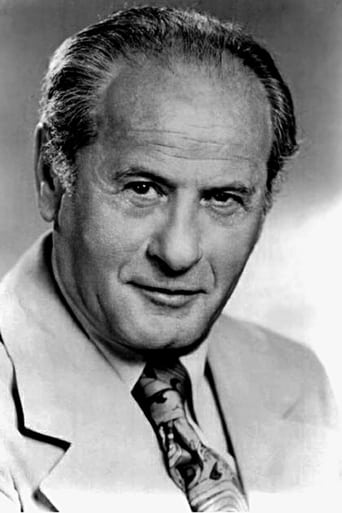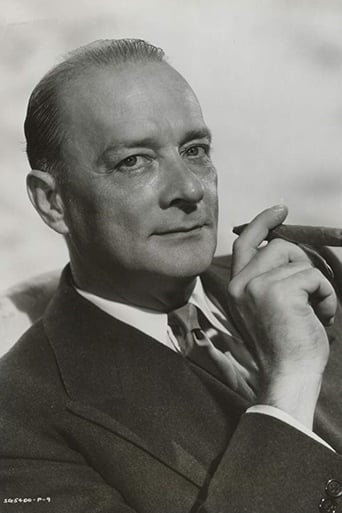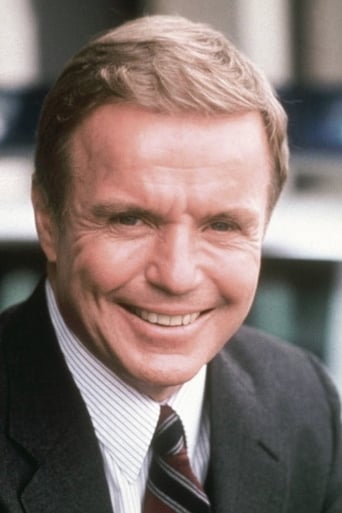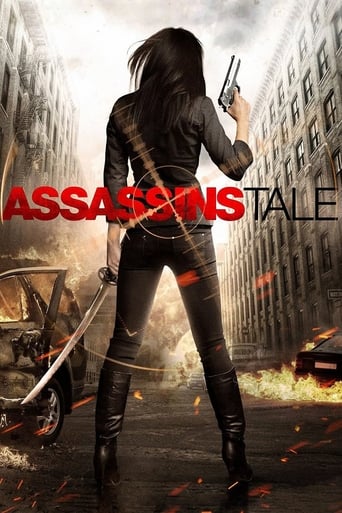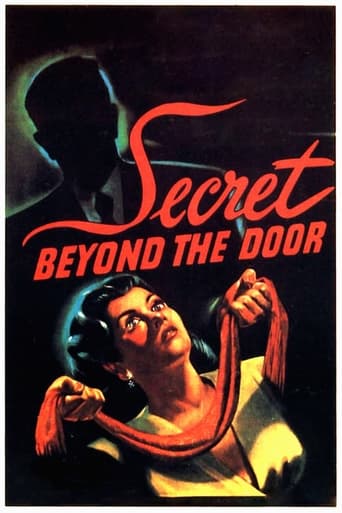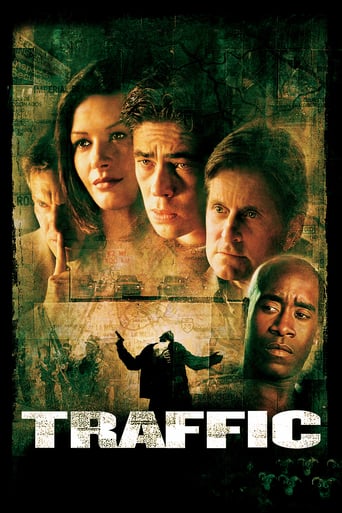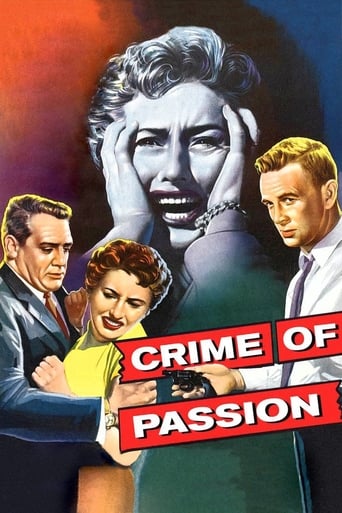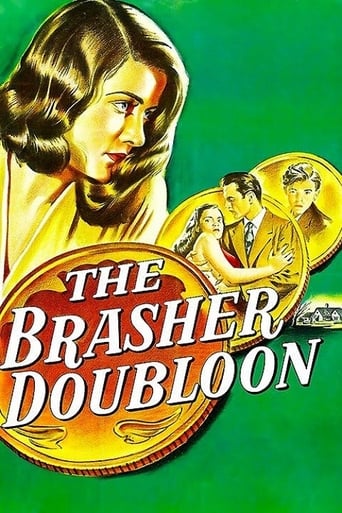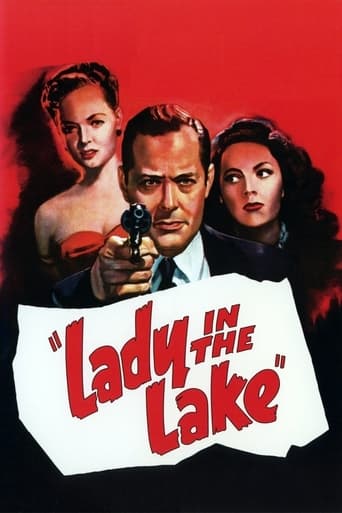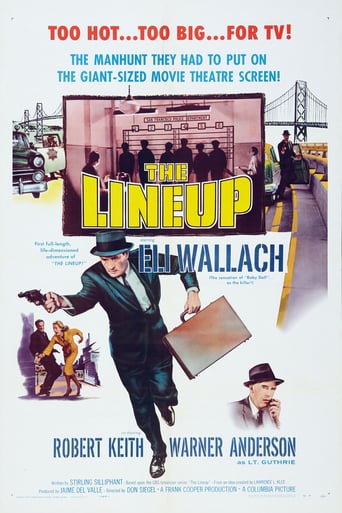
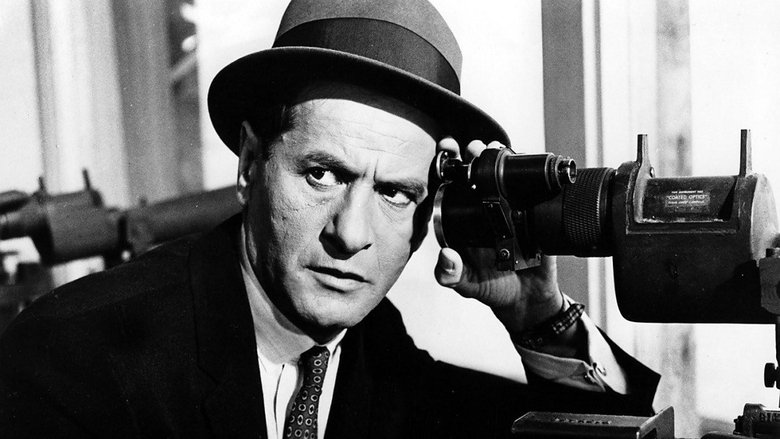
The Lineup (1958)
In San Francisco, a psychopathic gangster and his mentor retrieve heroin packages carried by unsuspecting travelers.
Watch Trailer
Cast


Similar titles
Reviews
A Masterpiece!
It's funny, it's tense, it features two great performances from two actors and the director expertly creates a web of odd tension where you actually don't know what is happening for the majority of the run time.
Exactly the movie you think it is, but not the movie you want it to be.
This is one of the best movies I’ve seen in a very long time. You have to go and see this on the big screen.
HAVING EMERGED AS a top network Police Procedural, this version made the move to the big screen in a most s-m-o-o-t-h manner. It was as if it were an extended episode of "THE LINEUP" (aka SAN FRANCISCO BEAT) TV Series. The only thing missing was the character of Inspector Matt Greb (Tom Tully).AS FOR THIS feature film started, we were kept in the dark as some mysterious and complex theft which turned into a car chase, an armed robbery and a double homicide; with the murder of a uniformed Cop and his return fire killing the responsible cab driver.THE PRODUCTION TEAM manages to slowly unfold and reveal the true nature of this criminal enterprise and introduces a number of plausible suspects; as well as some very nasty facilitators. With Eli Wallach, Robert Keith and Richard Jaeckel.WITH THE FILMING being done in the beautiful and nearly surreal hilly landscape of San Francisco, the writer, Stirling Silliphant, skillfully blends in the maritime trade, merchant marine, sea travel and narcotics smuggling. The complexity of such an investigation is showcased by the involvement of other agencies. A sense of unity and service to the greater good of the public by the cooperation of the SFPD with the United States Customs and the Coast Guard.AS WE STATED before, the transition of the characters and setting of THE LINEUP TV Series was a skillfully accomplished as any; but that is not the film's only legacy. Its outstanding scribe, writer Stirling Silliphant, was the main writer on the NAKED CITY TV Series (Screen Gems/Shelle Prod./ABC TV, 1958-63). This means that THE LINEUP was directly ancestral to the NAKED CITY Series.SO, HOW'S THAT, Schultz? We bet that you sure didn't think that we'd bring genealogy into the discussion! EXTRA!! BULLETIN!! BREAKING NEWS!! WE INTERRUPT THIS PROGRAM!!OUR CONGRATULATIONS to THE LINEUP (Columbia/Pajemer Prod., 1958) for its being our 1,000th review here at IMDb.com. This should never have taken us so long. There were times when we did only a few in a year's time; but never again, as we pledge at least 20 every month! THANX TO YOU, IMDb.com!
The Lineup is directed by Don Siegel and written by Stirling Silliphant. It stars Eli Wallach, Robert Keith, Warner Anderson and Richard Jaeckel. Music is by Mischa Bakaleinkoff and cinematography by Hal Mohr.A drug smuggling gang are planting heroin on returning American tourists so as to get the merchandise through customs. Two hired hands, Dancer & Julian (Wallach & Keith respectively) then locate the unsuspecting tourists and reclaim the hidden drugs. But in this moment, with new driver Sandy McLain (Jaeckel) behind the wheel, things are not going to go to plan.It came at a time when the classic noir cycle was drawing to a close, when the dark alleyways had been replaced by sun brightened streets, but The Lineup is still clinical film noir. Originally a police procedural series that was poplar both on radio and TV, the film version keeps the police on the edges of the frame whilst studying the psychological make-ups of the criminal players. Expertly using real San Francisco locations as the backdrop, Siegel takes Silliphant's spicy script and unfurls a plot of bizarre like twists that are in turn cloaked with devilish noir substance.The four crims that form the core of the story are most intriguing players. Mclain the hapless getaway driver is in over his head, Dancer is always one push away from being a psychotic basket case and Julian is aged, wise and playing cards close to his chest. It's with the relationship between Dancer & Julian where things are shaded most darkly. Dancer announces to a secondary character (and us of course) that an absent father torments his inner being, armed with this knowledge it's then easy to view the Dancer/Julian relationship as father and son like, this even if Dancer is almost impossible to love. Julian constantly tries to keep Dancer correct and in line, even attempting to make him socially acceptable. Is it a lost cause? Well all these things come to an attention grabbing head in the excellent last quarter.MTH889Then there is The Man (Vaughn Taylor), a person we only hear about for the most part for he's not introduced until late in the day. He is the guy that Julian & Dancer work for, a shifty Godfather type we believe, as do the hired hands, but Dancer's curiosity gnaws away at him, as it does us the viewers. But when the inevitable happens, Siegel and Sillipant produce another strong film noir character, a pitiless soul who is the catalyst for our trip down bleakville highway, where the cityscape backdrop proves expansive to us, but for Dancer, Julian & Sandy it's an enclosed tomb. 8/10
Finally treated myself to the Columbia Pictures Noir Classics box set featuring THE LINEUP, one of the pivotal movies I saw as a child that burned into the memory cells to the point of trauma. The story goes that me and my eight or nine year old brothers were left in the care of a babysitter who permitted us to watch something other than the "sports, PBS, or nothing" mandate which comprised TV viewing choices in our household. We *lived* to abuse the rule and babysitters were easy pickings for unauthorized TV. She never returned to sit with us again once my dad found out what she'd let us watch, God bless her.We had no idea what we were seeing and at first it didn't seem any different than maybe "Dragnet" -- Cops and robbers, with old looking cars & hats, as ordinary as it gets. But by the time the bad guys were menacing the little girl over powdering her doll with the stuff hidden inside of it we were hysterical, and the old dude in the wheelchair getting pushed to his death shoved me over the top right along with him. I remember my younger brother trying to reassure me that it was all make-believe but by the end of the movie I was history, and one thing was for sure: I never forgot the experience even if I didn't catch its name. I was 8 and didn't know movies had names until STAR WARS.Tried in vain to figure out what the movie was titled for years ("the gangster movie with the guy in the wheelchair" didn't get me very far with video store clerks) until stumbling upon a description of Eli Wallach's "Dancer" character on a bio writeup for him. Knew it was the movie instantly and am rewarded to find the shock sequences just as brutal and potentially disturbing as they were 35 years ago. I doubt the movie was even cut for the TV screening we caught as it was the images of people falling to horrible deaths that did me in. Have always had a fear of heights and here may be a component of how it began.As for the movie itself it's not so much a "film noir" potboiler as it is half a dry police procedural about noble San Francisco homicide cops on the trail of a vicious gangland killer. Marvelously square and by the book. But mixed in with it and eventually wresting control of the narrative is one of the most fascinating studies in psychopathic behavior to find its way on screen. Eli Wallach's killer is easily as frightening as Andy Robinson would later be in director Don Siegel's masterpiece DIRTY HARRY, though for different reasons.One reason is that unlike Robinson's "Killer" we actually have a chance to sort of get to know & maybe even like Dancer. With shades of Wallach's later equally psycho Tuco character from THE GOOD THE BAD AND THE UGLY surfacing in the steam room when he asks a thug who tried to cross him "You think that'll cover it?" Richard Jaeckel also comes to life as a "Wheel Man" (great 50's cop movie lingo + cheezy hood names all over this baby) who is just as crazy & promises to get them out of 'Frisco after the heat drops its net. The film also bears an eyebrow raising similarity to another great San Francisco cop movie, BULLITT, including the dry police procedural of tracking an unknown mob connected killer, travelogue tourist footage of 'Frisco contrasted with the dingy drab tenement rooms its characters inhabit, and both films climaxing with riveting car chases along the scenic routes showing off the city at its most unromantic & frenzied light. I didn't even mind the rear projection screen footage and by golly found myself rooting for these maniacs to actually get away. You will too.Maybe because they were more interesting than the cops who are as square (there's that word again!), by the book and incorruptible as saints to the point of satire. Even though Dancer was a psychopath and a spree killer run amok he wasn't a greedy guy. Had his set of rules & played by them, and as long as you didn't get in his way or try to cross him he could be charming for a few minutes. Then he'd waste you because that was his job, he was good at it, and even enjoyed it. No hard feelings? 9/10
The Lineup immediately establishes a distinct, rich setting, evoking the senses with a crescendo that ends before becoming overbearing. The dramatic tension starts right off with the hatching of a significant situation. Interestingly, our protagonist does not show up for quite awhile. But when he shows up, it becomes all about him, and he gives the film a straightforward brutality. It begins as a police procedural and becomes a crime procedural, two pairs on opposite sides brushing against each other in a modernist abyss.Eli Wallach is very interesting here, more than in other, better films in which I've seen him. There's a perilous balance between living and dying that he brings to his vicious character, and an inventively allusive quality in Robert Keith, who plays his controlling mentor, who calls him "a wonderful, pure pathological study," and corrects his grammar. And it's all made clear through their present actions.This film is significant for its brutal plot, but what makes it surmount the average B movie is the oddly incendiary dialogue. And it's admirably fast-paced, almost reminiscent of modern filmmakers like Scorsese and Meirelles, Siegel himself having famously said of editing, "If you shake a movie, ten minutes will fall out." Everybody is a dedicated employee in a business, a wry joke appreciated by Don Siegel in a scrupulous study of the San Francisco topography. Siegel likes to move his camera forward down interior hallways. This takes place both in the opera house and the Seaman's Club. He also incorporates pans in the interior of buildings, in addition to exterior locations. His pans occasionally expose entire facets of frontages, which veer into view as he pans. These pans and tracks have a superb characteristic, as substantial, commanding vistas of structural design are shown.Familiar locales are unexpectedly odd, clubs viewed through thick sauna vapors, a silenced revolver wrapped in towel, panoplies of plane, surging panels surrounding a menacing pick-up. Siegel often coordinates his images into a progression of tight parallel zones that run from one side of the screen to the other. They create a succession of shrill matching streaks, continuing through the entire span of the panning of the camera, so that at any certain moment, the zone exists beyond the borders of the screen. Zone after zone will be coated into a shot. It makes for a dense, multifaceted image, with many diverse sorts of commotion in each. The zone can comprise characters or spectators, as in the early shots of the harbor. It can also contain various sorts of architecture or roadways.Upon the level streaks, Siegel establishes compelling verticals as well. These can be towers of buildings, masts of ships, poles or posts in front of buildings: Siegel loves such support structures on formal locations. They can also be recurring windows, telephone poles or trees.Wallach's hopeless defiant impulse segues into the big finale which strikes the pose of the engineered location of the semi-documentary pattern. It concerns a substantially unfinished highway. Siegel's body snatchers are not too alien this milieu, with its carnage and deadpan perversities, like a stash of heroin hidden inside a Japanese doll, and the gangster reaches under her dress for it. Moving in a pattern of tautness and burst, Don Siegel's unsentimental 1958 study of our lack in pure truth or legitimacy, the split but simultaneous world of merely skewed, comparative ideals in line with the disparities of our ailing social order.


